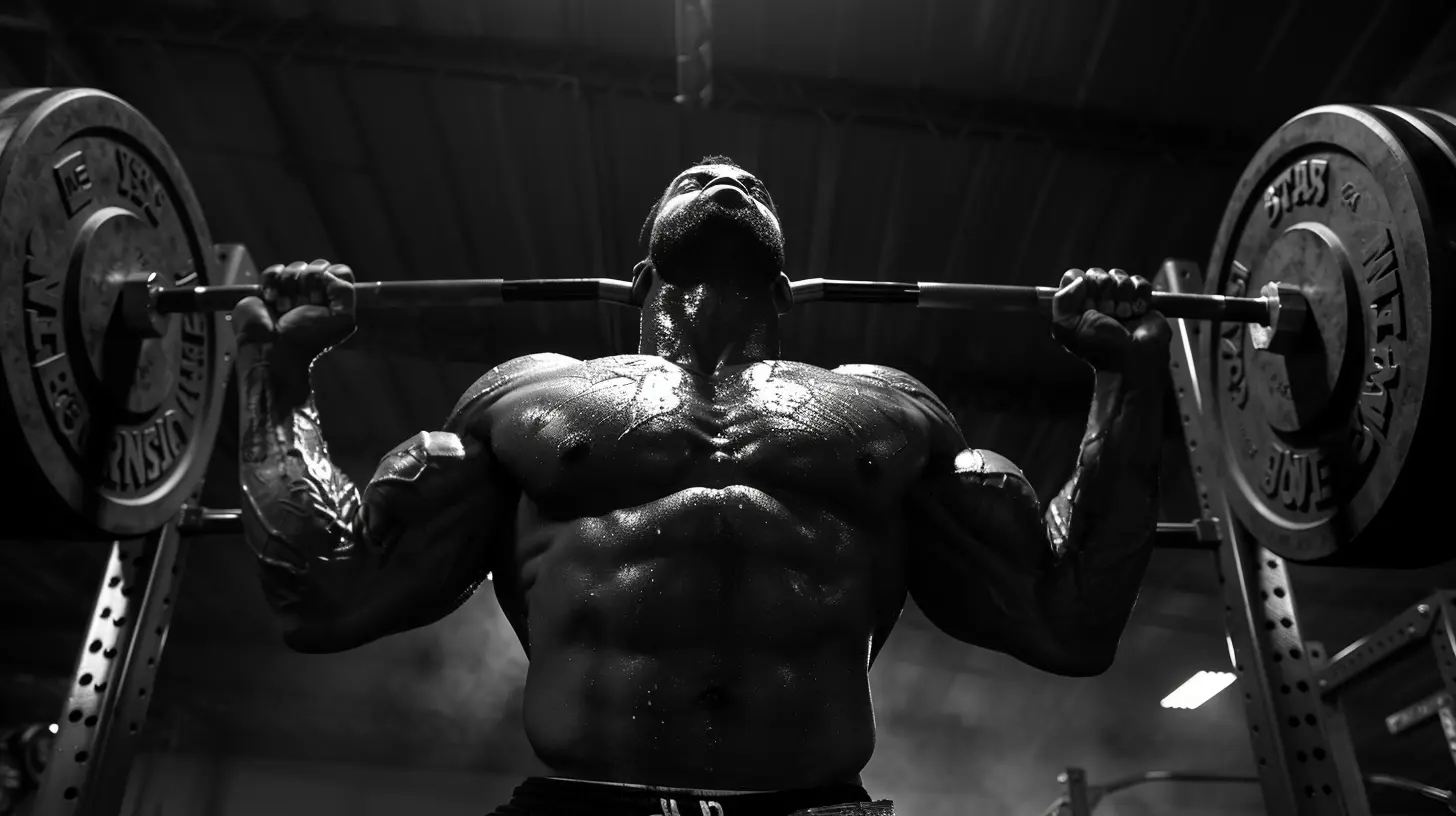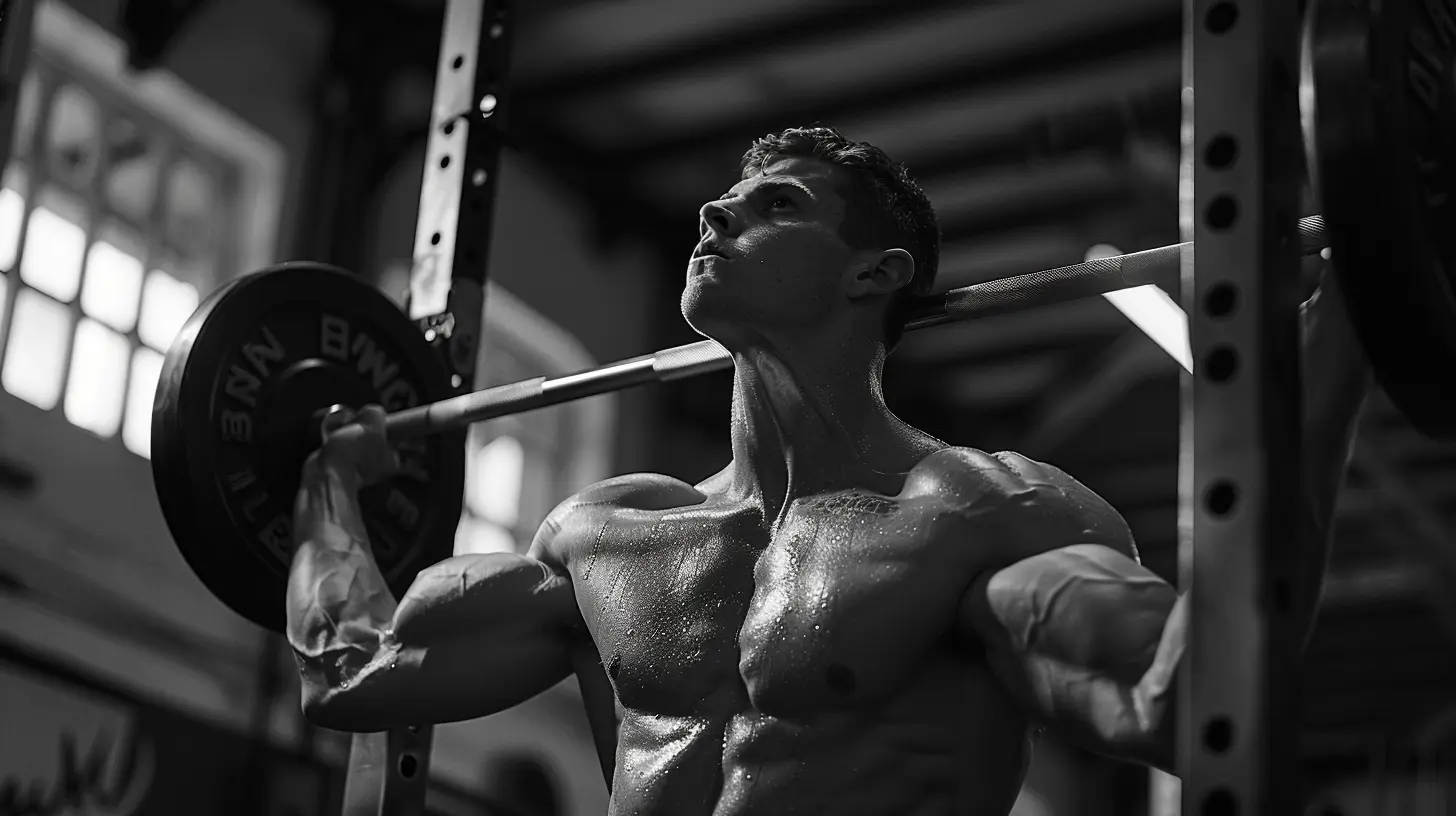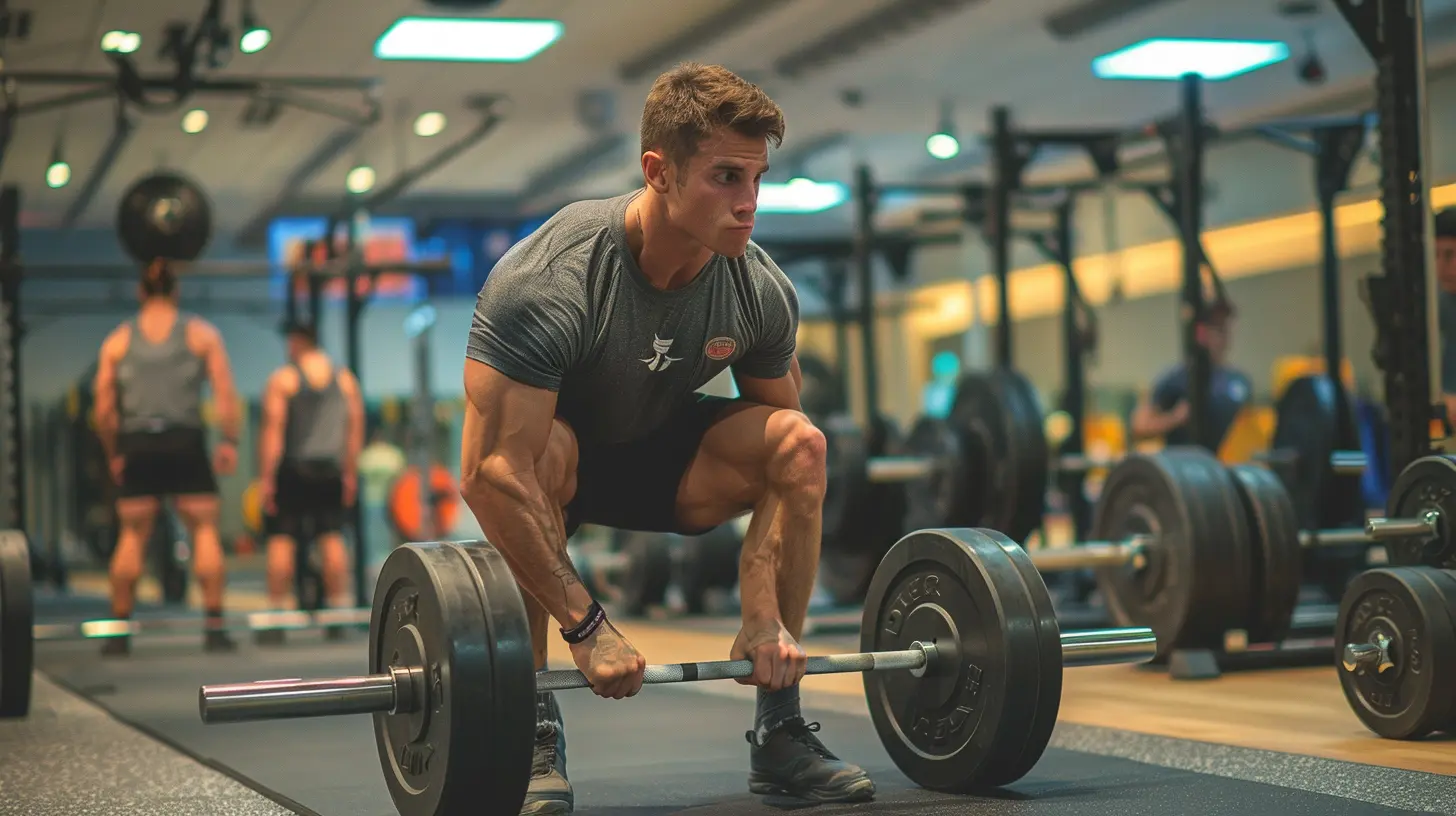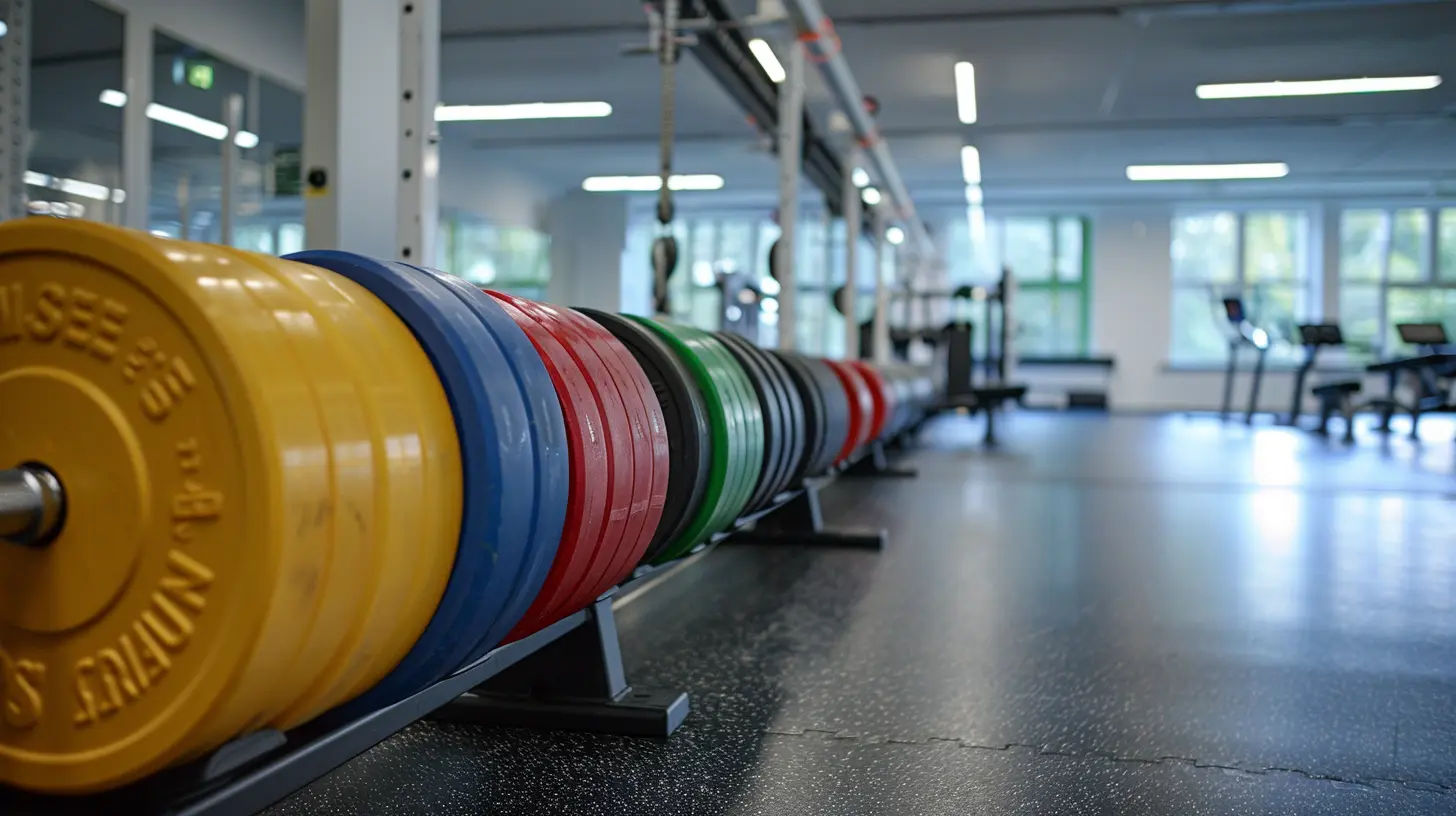The Power of Compound Movements in Gym Training
15 October 2025
When it comes to gym training, there are a million different exercises you could do. From isolation movements that target specific muscles to high-intensity circuits, the options seem endless. But if you're serious about getting the most bang for your buck, there's one category of exercises that should definitely be at the top of your list: compound movements.
Compound movements are like the superheroes of gym exercises—they pack a punch, offering numerous benefits in a single move. These exercises recruit multiple muscle groups at once, making them incredibly efficient for building strength, burning calories, and improving overall fitness.
So, let’s dive into why compound movements are essential, how they work, and which ones you should incorporate into your workouts.

What Are Compound Movements?
First things first—what exactly are we talking about when we say "compound movements"? In simple terms, these are exercises that involve more than one joint and engage multiple muscle groups at the same time.For example, take the classic squat. When you perform a squat, you're not just working your quads. You're also engaging your glutes, hamstrings, core, and even your lower back. That's a lot of muscle action happening all at once! Compare that to an isolation exercise like a leg extension, which primarily targets just your quadriceps.
In short, compound movements are the multitaskers of the fitness world. They allow you to work smarter, not harder, by hitting several muscles in one go.

Why Compound Movements Are King
You might be wondering, "Why should I focus on compound movements when there are so many other exercises to choose from?" Well, there are plenty of reasons why these exercises should be a staple in your training routine. Let’s break it down:1. Boosts Strength Quickly
If you want to get stronger, faster, then compound movements are your best bet. Since they recruit more muscle fibers than isolation exercises, you get a bigger return on your effort. Think of it this way: Would you rather spend your time working one muscle at a time or working several at once?For example, the deadlift is a powerhouse move that targets your entire posterior chain—back, glutes, hamstrings, and even your core. Lifting heavier weights in compound exercises like these will lead to faster strength gains than focusing solely on isolation moves.
2. Burns More Calories
Here’s a little secret: The more muscles you engage, the more calories you burn. Compound movements, because they involve multiple muscle groups, are far more demanding on the body. This means your heart rate skyrockets, and you end up burning more calories than you would with an isolation exercise.So, if fat loss is one of your goals, compound movements should be your go-to. Exercises like lunges, pull-ups, and bench presses not only pack a punch when it comes to muscle building but also torch calories during and after your workout.
3. Improves Functional Fitness
Let’s face it: Most of us aren’t training to win bodybuilding competitions. We train to be stronger, healthier, and more capable in our day-to-day lives. That’s where compound movements shine. These exercises mimic real-life movements, making them highly functional.Take the push-up, for instance. How often do you find yourself needing to push something heavy in real life? Whether it's shoving a stuck door open or moving furniture around, compound movements give you the strength and coordination to handle daily physical tasks with ease.
4. Saves Time
Life is busy, and sometimes it feels like there just aren’t enough hours in the day. If you’re short on time but still want to get an effective workout in, compound movements are a game-changer.Since these exercises work multiple muscle groups at once, you can get a full-body workout in half the time. Why spend 30 minutes doing bicep curls, tricep extensions, and shoulder raises when you could knock out a set of rows and hit all three muscle groups in one go?
5. Enhances Coordination and Balance
Compound movements require more than just brute strength—they also demand coordination and balance. When you're engaging several muscle groups at once, your brain has to work harder to keep everything in sync. This improves your overall body awareness and can help you become more agile and balanced.For instance, exercises like the overhead press or split squat force your core to stabilize your body while your arms and legs are working. Over time, this leads to better posture, improved balance, and reduced risk of injury.

Best Compound Movements to Add to Your Routine
Now that we’ve covered why compound movements are so crucial, let’s talk about the ones you absolutely need in your workout routine. Below are some of the best compound movements to help you build strength, burn fat, and improve overall fitness.1. Squats
Arguably the king of all compound movements, the squat works your quads, hamstrings, glutes, calves, and core, all in one go. Plus, it builds lower-body strength like nothing else. Whether you're doing bodyweight squats, goblet squats, or loading up a barbell for a back squat, this movement is a must-add to your routine.2. Deadlifts
If squats are the king, then deadlifts are the queen. This powerful movement targets your entire posterior chain, including your hamstrings, glutes, and lower back. It’s also one of the best exercises for building total-body strength. You'll feel this one working from head to toe, and it's an excellent way to improve your grip strength as well.3. Bench Press
Want to add some serious size to your chest, shoulders, and triceps? The bench press is your answer. This classic compound movement builds upper-body pushing power, making it a staple in most strength training programs. Plus, it’s a great way to improve your overall pressing strength.4. Pull-Ups
Pull-ups are one of the most challenging exercises out there, but they’re also one of the most effective for building upper-body strength. This compound movement primarily targets your back muscles, but it also works your biceps, shoulders, and core. Can’t do a full pull-up yet? No worries! You can use resistance bands or an assisted pull-up machine to build your strength.5. Overhead Press
The overhead press is another fantastic compound movement that targets your shoulders, triceps, and upper chest. It also forces your core to engage to stabilize your body, which means you’re getting a sneaky ab workout at the same time.6. Lunges
Lunges are a great lower-body movement that hits your quads, glutes, and hamstrings. Plus, they require balance and coordination, which makes them an excellent exercise for improving functional fitness. You can perform lunges with just your body weight or add resistance by holding dumbbells or a barbell.7. Rows
Whether you’re doing barbell rows, dumbbell rows, or cable rows, this movement is essential for building a strong, muscular back. Rows also work your biceps and forearms, making them a great all-around upper-body exercise.
How to Program Compound Movements
Now that you know which compound movements to include in your training, how do you program them into your routine?Full-Body Workouts
One option is to design your workouts around full-body training. In this approach, you’ll perform compound movements that target both your upper and lower body in a single session. This is a great option if you’re short on time and want to maximize your workout efficiency.Push/Pull Splits
Another popular approach is to break your workouts into push and pull days. On push days, you’ll focus on pressing movements like squats, bench presses, and overhead presses. On pull days, you’ll hit exercises like deadlifts, pull-ups, and rows. This allows you to fully focus on one type of movement while giving the other muscle groups time to recover.Strength vs. Hypertrophy
If your goal is to build strength, stick to lower reps (3-6) with heavier weights. For hypertrophy (muscle growth), aim for higher reps (8-12) with moderate weights. Whatever your goal, be sure to progressively overload your muscles by increasing either the weight or the reps over time.Conclusion
At the end of the day, compound movements are the bread and butter of any effective gym training program. Whether you're looking to build strength, burn fat, or improve functional fitness, these exercises deliver results. They save time, burn more calories, and help you become a well-rounded athlete.So, next time you’re in the gym, make sure you’re incorporating compound movements like squats, deadlifts, and pull-ups into your routine. Your muscles—and your schedule—will thank you.
all images in this post were generated using AI tools
Category:
Gym TrainingAuthor:

Preston Wilkins
Discussion
rate this article
1 comments
Drew West
Compound movements are the backbone of strength training. If you're not incorporating them, you're wasting your time. Get serious about your gains and lift hard!
October 19, 2025 at 11:30 AM

Preston Wilkins
Absolutely! Compound movements are essential for maximizing strength and efficiency in your workouts. They engage multiple muscle groups and are key to achieving significant gains. Lift hard and stay focused!


